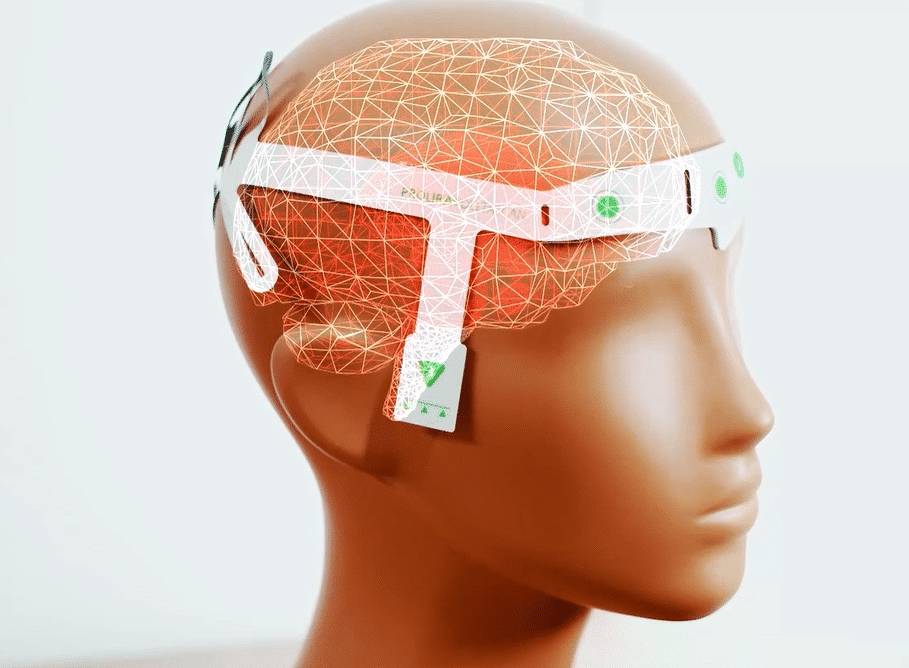Close cooperation Prolira & Unitron

In 2015 Prolira started as a medical technology spin-off from Utrecht Medical Centre (UMC) with the development of the DeltaScan; a medical device that has been created to help healthcare providers to detect and monitor for delirium.
In close cooperation with Prolira, Unitron performed the design transfer part. Prolira’s CEO, Rutger van Merkerk, about design transfer: “Between design and transfer the design transfer takes place; the transferring of the product design to the production process.” Rutger van Merkerk tells us more about this inspiring cooperation with Unitron, and specifically with our design transfer manager Reinoud Risseeuw in this video:
During the start-up of a high-end production process for medical devices, design transfer is a vital and integral step. In this process we transfer the new production design to validated production methods and procedures. This, often challenging, part of the process, is an intermediate step between design and production.
In a design transfer process, product specifications are transferred with the intention to build production units for verification and validation purposes. There are three different phases in the process: Analysis, Design Transfer and Production Process validation. We will shed some light on each individual phase.
We start the analysis to find out which phase of development the product is situated in. It gives us clarity and understanding in the inner workings of the product. We find out how it is made and which parts we can source. Additionally, we look for hidden risks in the design and pinpoint the future process flow.
In close collaboration with our partners, we go through a whole list of questions:
Subsequently, we perform a GAP-analysis where we inquire the missing documentation from the customer.
At the conclusion of phase one, we now have complete and transparent documentation of the product. It is time for phase two, the composition of the Design Transfer plan.
At the start of phase two, we are familiar with the product and all its required production processes. We can start working on a definitive production process flow. With the aid of the Process Failure Mode and Effects Analysis (PFMEA), we look at each individual step of the production process to identify all potential risks.
The following steps are part of the next phase.
At the same time, our procurement department starts their sourcing procedures. Once we finish all items, we can start the last and most important phase, Production Process Validation.
In this last step of the design transfer process, we validate the entire production process. This is done by verification with the IQ, OQ, PQ methods. These three qualifications are essential part of our quality system.
After finishing the PQ, we present the process in a master validation report. The proven and airtight IQ, OQ, PQ systems result in a validated, flexible, and solid production process and safeguards the correct production of the device.
Long story short, Design Transfer is a necessary and vital step in the production of medical devices. Quality in the production process is an absolute top priority and Unitron is very aware of the importance of its design transfer department. It guarantees the best quality and continuity for all our customers.